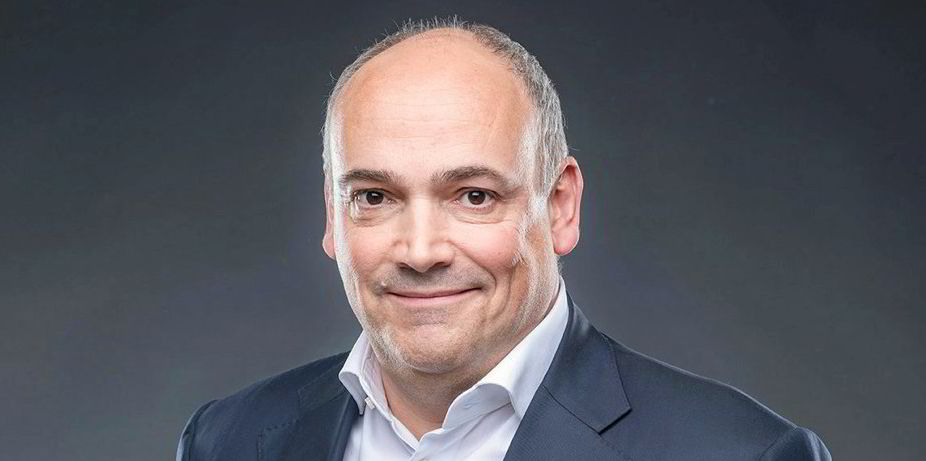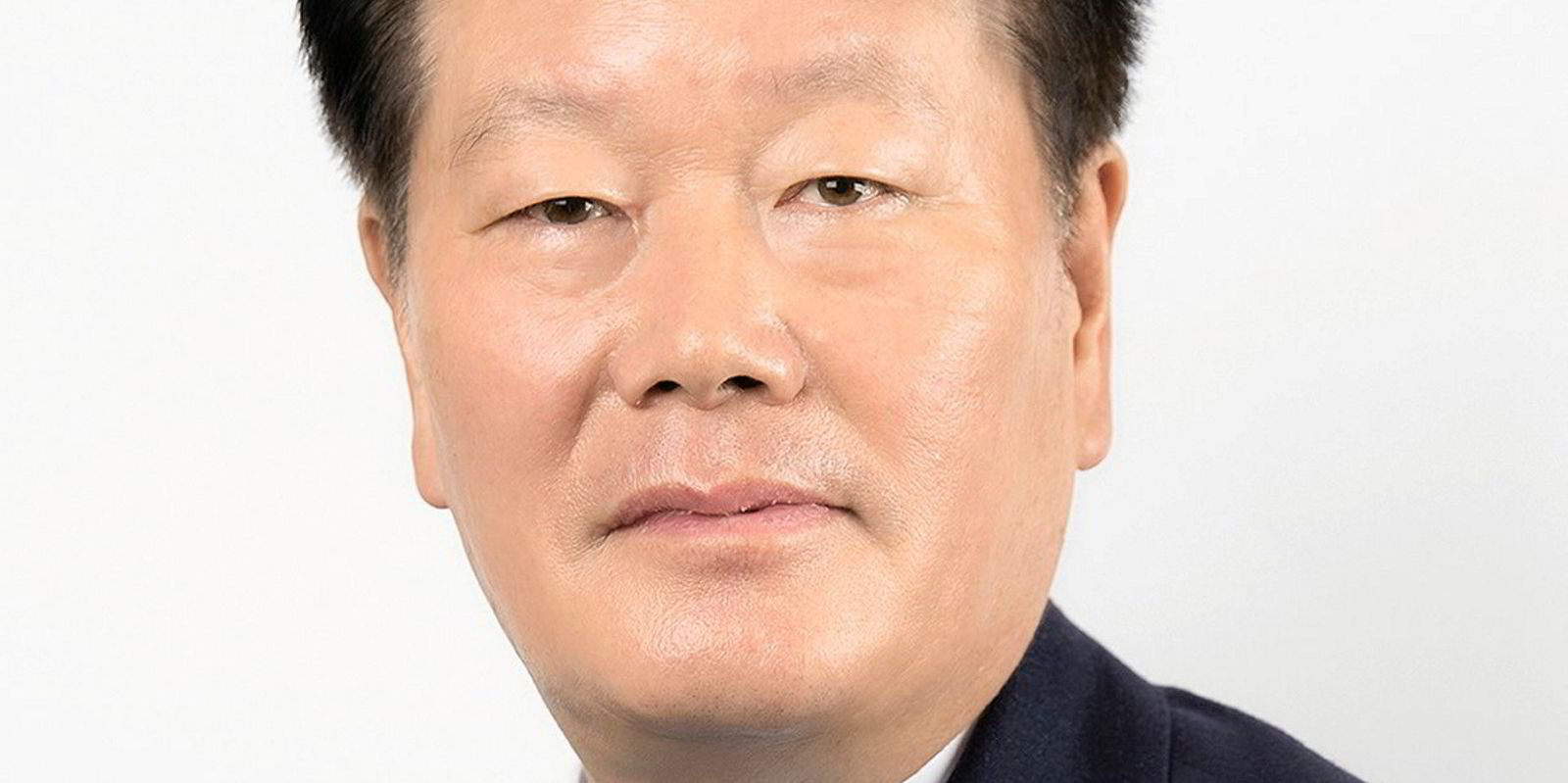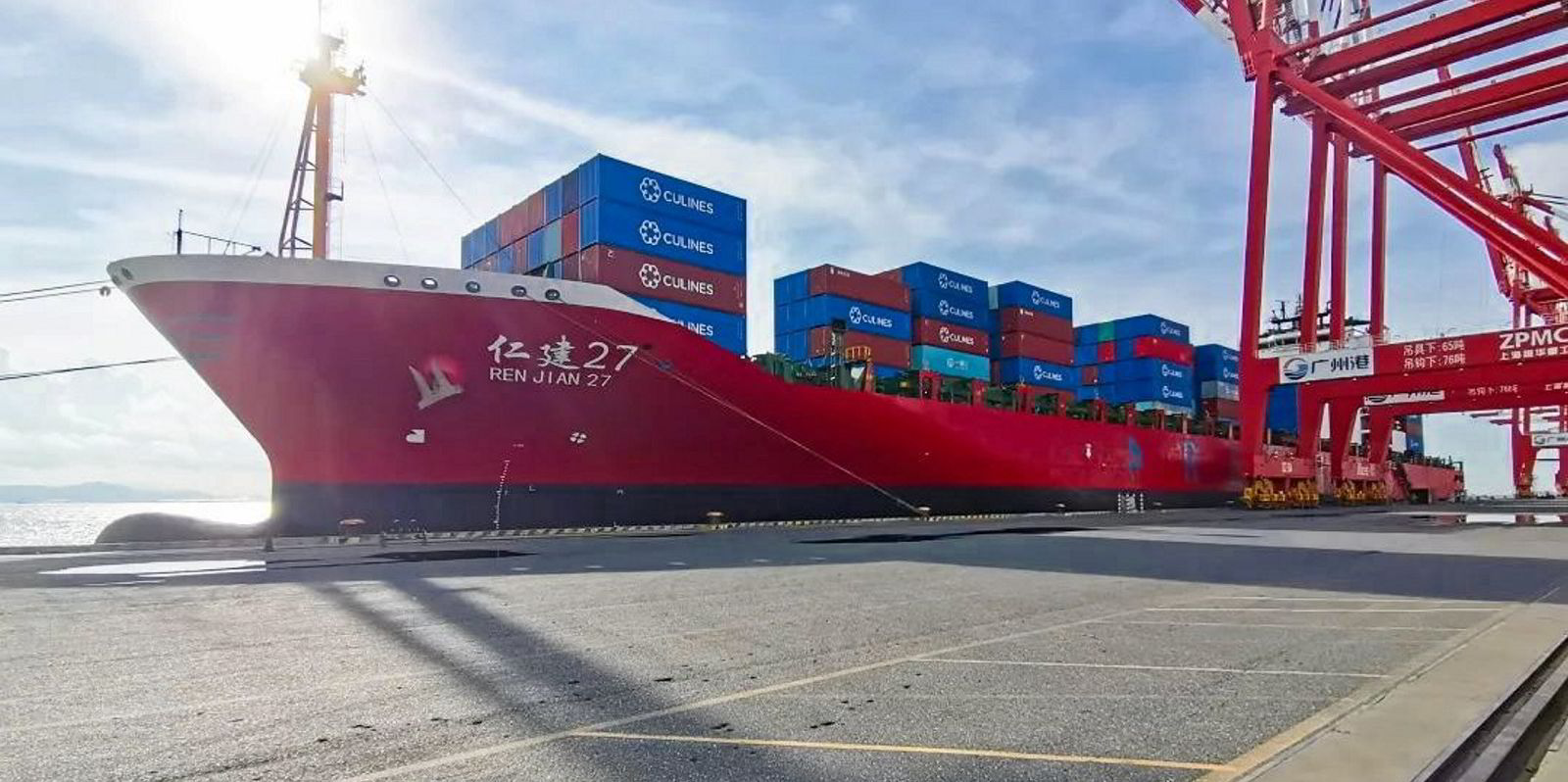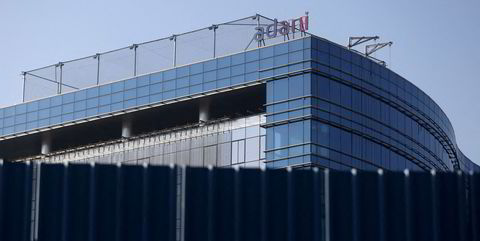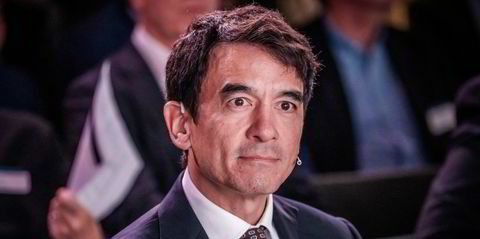Hapag-Lloyd has made a “solid start” to the year, according to chief executive Rolf Habben Jansen.
The world’s fifth-largest liner operator is, however, wary of the massive capacity coming onstream that is likely to present challenges in the next couple of years.
“We think that we’re going to have a solid start to the year,” Habben Jansen told an annual press conference today.
“But we cannot talk away that the market fundamentals for the upcoming couple of years are definitely challenging.”
Speaking after being appointed for five more years in the job he has held for a decade, Habben Jansen said early signs are that volume growth is expected to rise this year.
“If we look at the first couple of months, we have been up a mid-single-digit percentage,” he said.
“We do believe also, when looking at the full year, that especially in the first half year, we’ll see solid growth.”
The second half of the year is “still a little bit difficult to predict”, he added.
The uncertainty is reflected in the earnings forecast this year, which spans a huge range, largely due to uncertainty over the Red Sea security situation.
The German liner company warns of Ebit trending into negative territory this year and is guiding between minus $1.1bn and plus $1.1bn, compared with $2.74bn in 2023.
Much will depend on when the Red Sea crisis is resolved — which Habben Jansen believes is impossible to say.
He expects international pressure might result in a normalisation at the end of the second or third quarters.
That’s handy
He also believes that the large number of newbuildings coming on stream at this time are proving timely: “That comes in quite handy now during the Red Sea crisis, because if those investments had not been there, we would all have been struggling to keep goods going.”
He said the security issues and draught restrictions in the Panama Canal have required liner operators to put more ships into service.
“We don’t only need more ships, but they also need to sail faster,” he said.
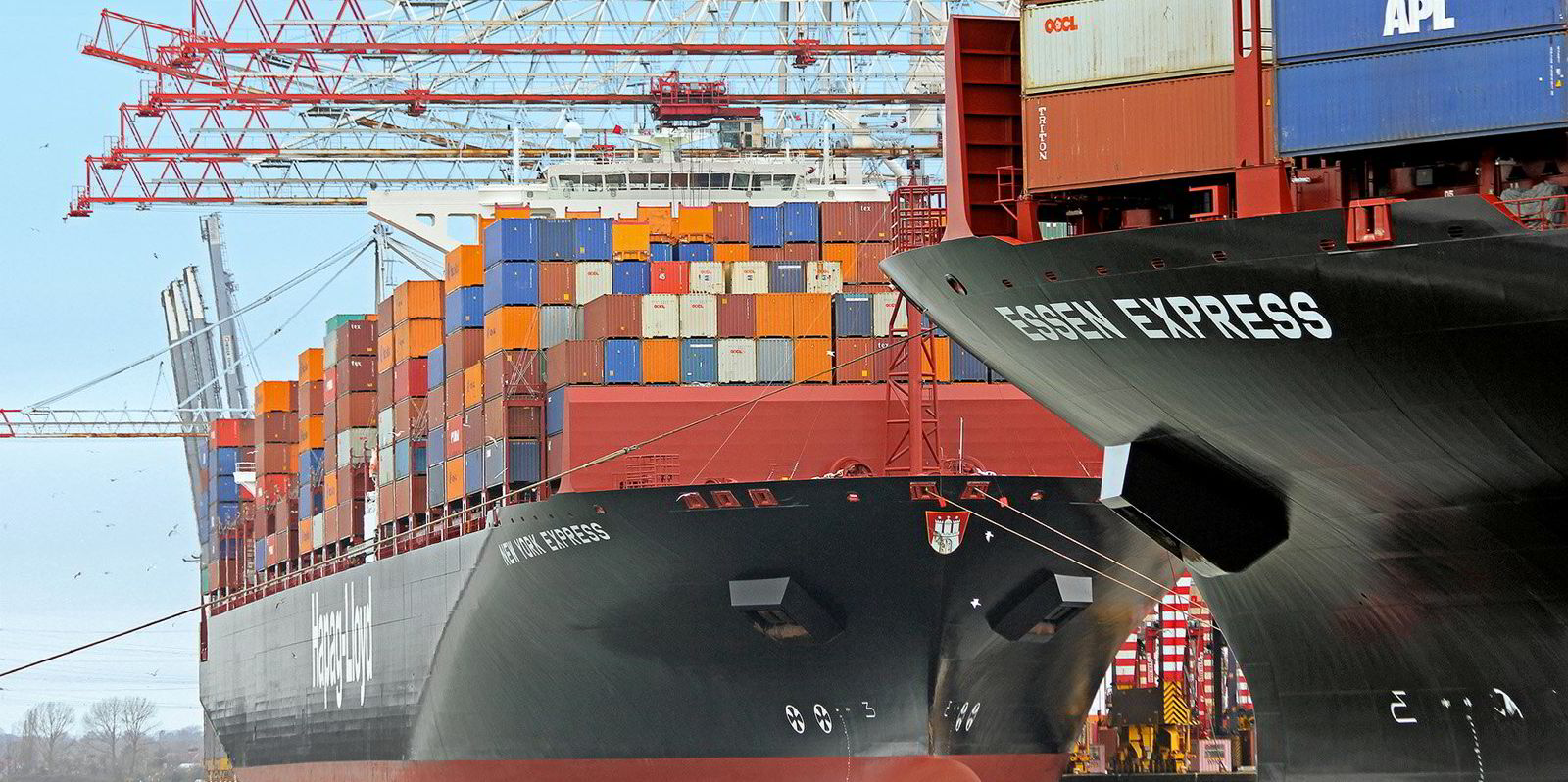
So ships that might normally sail at between 14 and 16 knots are today sailing at 18 to 19 knots. That is unsustainable over time, he said.
However, the industry responded quickly to the Red Sea crisis.
“We’ve seen considerably less disruption than what we, for example, saw around Covid, and I believe that’s a good thing,” he added.
“Our position on the Red Sea is pretty clear.
“It is safety first, because the lives of our people are more important than seven days extra transit time, and we will also stick to that policy.
“Having said that, at some point it will normalise again, and then, of course, we will go back through.”
Fundamentals
Market fundamentals are challenging for the next couple of years because of the imbalance of supply and demand.
“But we also see that if there is any disruption, then we easily require a couple of percentage points more fleet,” Habben Jansen said.
“And we see right now that if we have a case like we see now with the Cape of Good Hope diversion, in reality, we don’t have enough ships.
“And that’s why we’re sailing a lot faster and burning a lot more fuel.”
While volumes may be picking up, the liner industry can still expect oversupply.
“If we look ahead, I think supply growth is probably going to outpace demand growth in 2024 and 2025,” he said.
“After that, with the orderbook again slowly declining, I think we are going to get to a more normal situation.”
Scrapping is likely to rise this year from the exceptionally low levels over the past couple of years.
Thereafter, demolition rates could rise to more than 4% of the global fleet annually in the second half of this decade, he concluded.
Hapag-Lloyd expects profit to shrink further this year following a stark drop in 2023.
It estimates Ebitda earnings will range between $1.1bn and $3.3bn, compared with $4.83bn last year.

